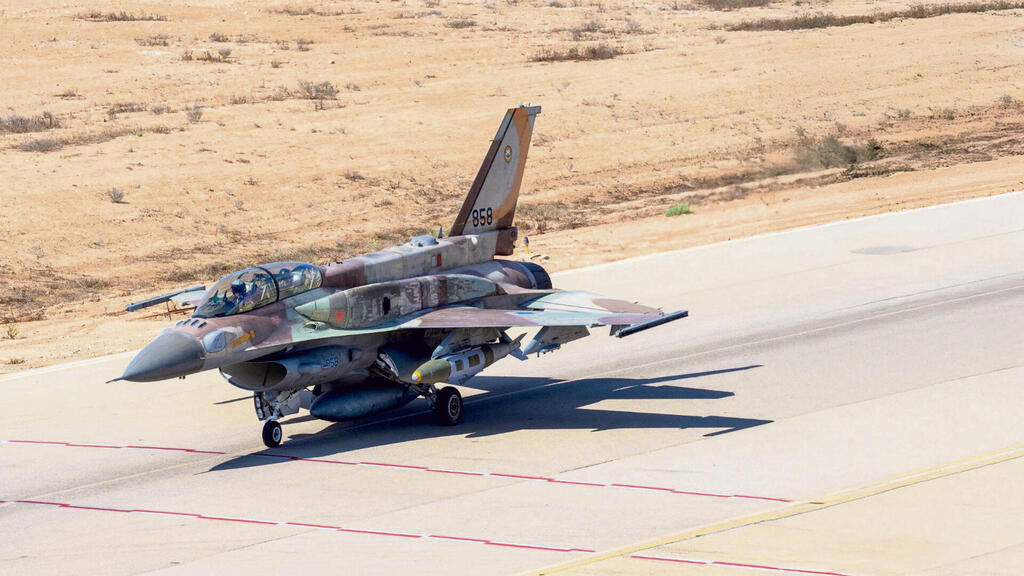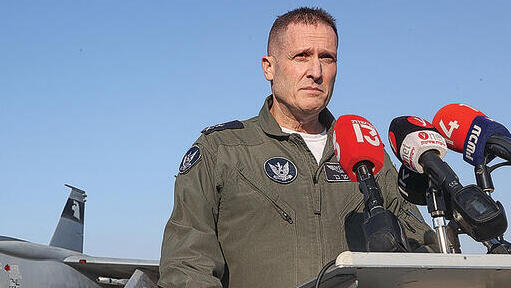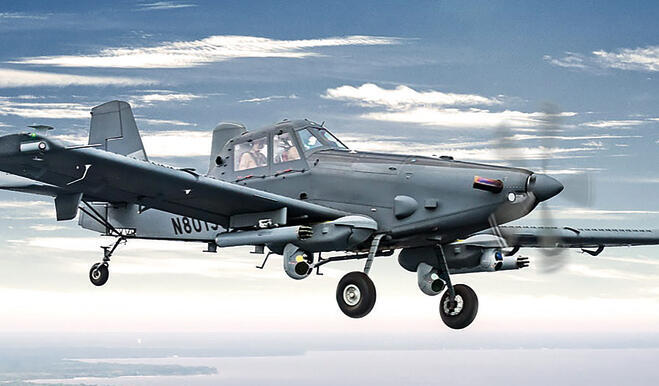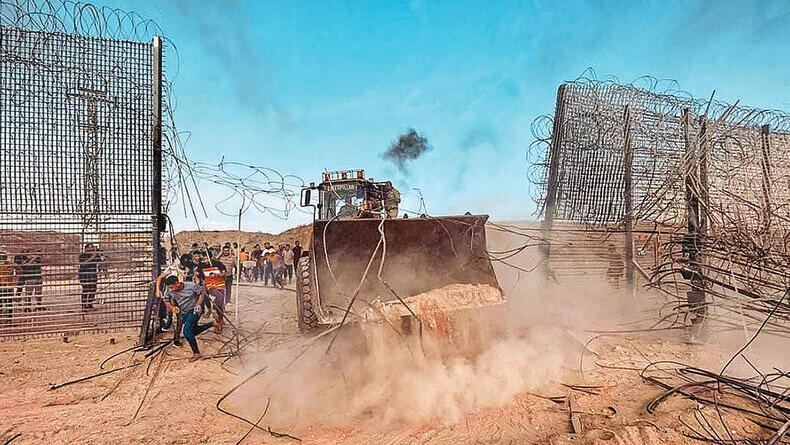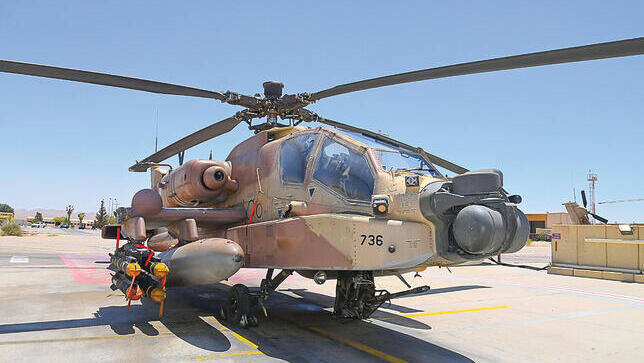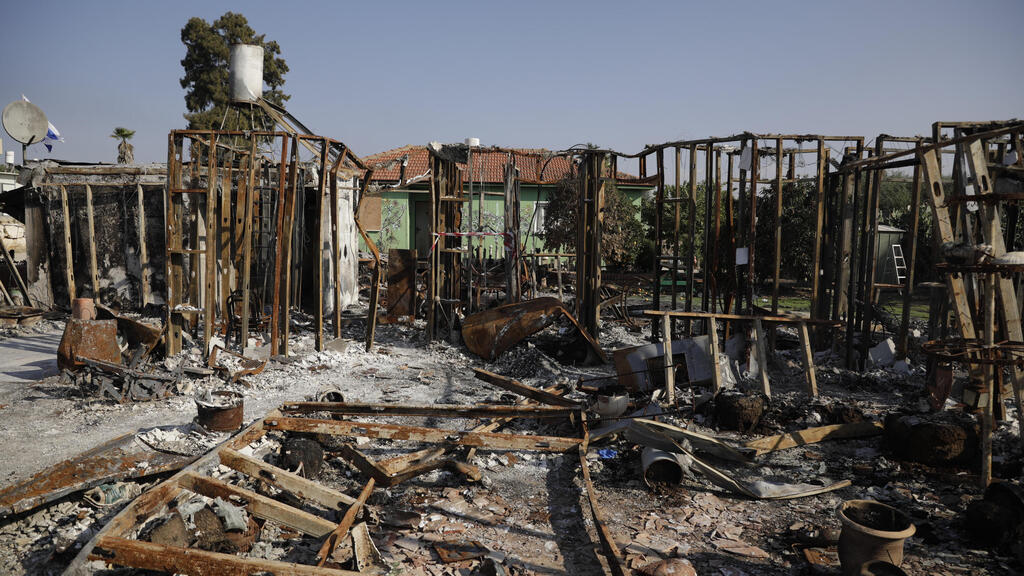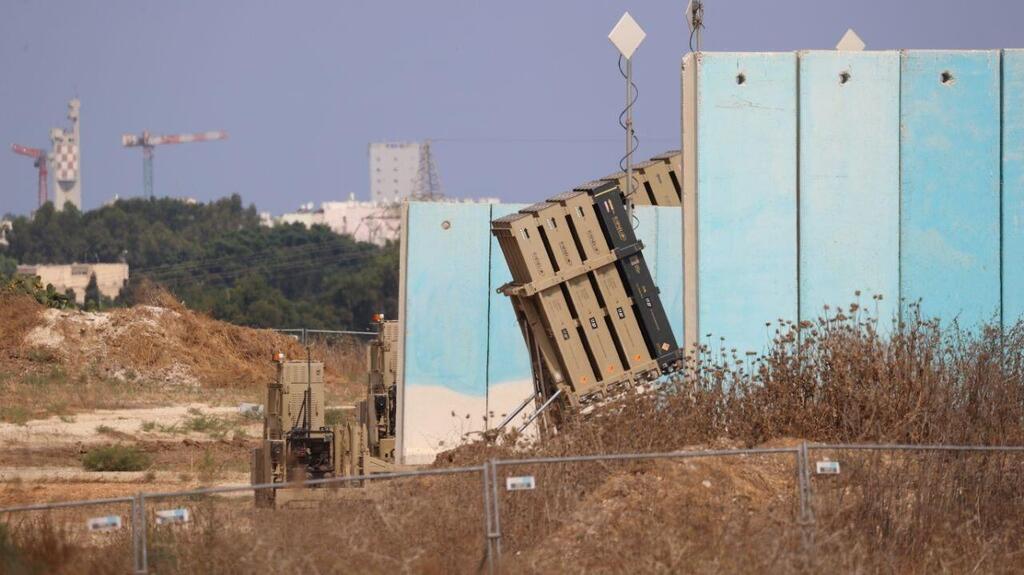Getting your Trinity Audio player ready...
The Israeli Air Force (IAF) on Sunday released an internal investigation into the events of the October 7 attack that highlighted both the effectiveness and challenges of its operations during an unforeseen emergency. The assault, which began early that morning, was the largest massacre against Jews since the Holocaust. The following key insights emerged from the probe:
Early morning response and delays
At 7:10 a.m., IAF commander Maj. Gen. Tomer Bar arrived at the situation room. In the absence of a clear overview, he decided to raise the Air Force to a state of the highest readiness, meaning full war mode. Transitioning a large, complex force like the Air Force from routine operations to this heightened state took time, requiring logistical and technical adjustments.
By 1:00 p.m. on October 7, the Air Force had achieved complete readiness. A primary concern at the time was that then-Hezbollah leader Hassan Nasrallah may have coordinated the attack with then-Hamas leader Yahya Sinwar, with forces from Hezbollah’s Radwan Unit and missile systems potentially joining the fighting within hours.
At 7:15 a.m., a combat drone above Gaza targeted terrorists near the border fence close to Netiv HaAsara. Shortly after, Air Force fighter jets, on short notice, attacked a tunnel identified by IDF Southern Command intelligence. The tunnel, which was expected to be used by attackers to infiltrate Netiv HaAsara, was destroyed — but no terrorists were found inside.
The attack was a result of a broader intelligence blindness, as no on-the-ground guidance was available. In the early critical hours of the day, the Air Force struggled with a lack of clear objectives and insufficient personnel on the ground.
Coordination challenges and limited engagement
By 7:30 a.m., the first Apache attack helicopter strike targeted terrorists near Kibbutz Re'im, followed by additional attack helicopters from the Ramon Air Base. Delays occurred as pilots, navigators and ground crews needed time to prepare for missions.
Furthermore, drone deployments were delayed due to rocket attacks on Air Force bases and the slower speed of drones, which took over an hour to reach battle zones.
At 8:10 a.m., the first medical evacuation took place, with 157 casualties airlifted by CH-53 Yas'ur and UH-60 Black Hawk helicopters, alongside the 669th Airborne Medical Evacuation Unit. By 8:18 a.m., three drones, five helicopters and six fighter jets were all engaged in strikes across Gaza and the border fence area.
Combat and expanding rules of engagement
At 8:47 a.m., Air Force elite Shaldag troops was deployed by helicopter near Kibbutz Be’eri, immediately entering combat. The intense fighting at Be’eri, in which Shaldag played a significant but controversial role, is under investigation. By 9:30 a.m., a decision was made to expand the rules of engagement to allow strikes on any targets near or west of the border fence, including those suspected of holding hostages.
Senior Air Force commanders referred to this as a "Hannibal Procedure," where anything moving near the border, without clear identification of friendly forces, would be engaged.
Despite this, concerns remained about the possibility of Israeli hostages being involved in the attacks. In one incident, a drone operator hesitated before striking a vehicle, waiting until terrorists abandoned the car and he confirmed no hostages were inside.
Get the Ynetnews app on your smartphone: Google Play: https://bit.ly/4eJ37pE | Apple App Store: https://bit.ly/3ZL7iNv
Continued air strikes and the Air Force's impact
By 10:30 a.m., lacking on-the-ground information, the Air Force continued to follow pre-existing plans, launching strikes on Hamas command centers across Gaza using MK84 bombs. The operation involved continuous Air Force strikes, with 945 bombings and 11,000 shells fired by helicopters by noon.
The investigation revealed that out of the 6,000 terrorists involved in the attacks that day, 1,600 were eliminated. Between 700 and 1,000 of these casualties were directly attributed to Air Force strikes, despite operating under heavy uncertainty. Air Force intervention helped mitigate the scale of the disaster in certain cases.
Notably, in the Nahal Oz base, 54 soldiers and several female soldiers were killed and some of the female soldiers were abducted. In one instance at Nahal Oz, 11 soldiers were hiding in a building when terrorists attempted to enter.
A drone strike forced the terrorists to flee, saving the soldiers. Similarly, early morning Air Force strikes around the "Black Arrow" memorial neutralized hundreds of terrorists planning to advance deeper into Israeli territory.
Key lessons and operational changes
The investigation’s main conclusion was that the Air Force’s centralization in such a critical event worked against its effectiveness. The most important lesson was decentralization. On October 7, any Air Force assets in the air — whether drones or helicopters — were responsible for directing all aerial operations, which limited effectiveness. The decision was made to decentralize command in future incidents.
The Air Force’s operational logic involves the commander or, in their absence, the deputy commander, directing pilots in the cockpit. As a result, the shift to operational decentralization is almost revolutionary for the Air Force.
The idea is to allow pilots and operators in the field to exercise judgment and, in some cases, manage fire operations independently. This change also led to the renaming of the Air Force’s operational wing, which will tailor operations and tools to specific missions and sectors. The new structure allows pilots to take charge of border defense operations in a more integrated manner.
The probe’s second key lesson was the need for readiness for large surprise attacks, even with low probability. The Air Force plans to implement a new state of alert that will allow more air assets to be mobilized more quickly in response to emerging crises.
The goal is to have significantly more aircraft available in a shorter time frame. This will require more pilots, more ground crews and faster alert systems — though it comes with a significant cost and demand for manpower.
The third major lesson was the need for the Air Force to develop the capability to independently gather operational intelligence during a crisis. This would involve acquiring new aircraft which can provide real-time intelligence and striking capabilities. The move would resemble the early days of the Air Force when aircraft were used for observation and targeting.
In addition, the Air Force plans to further expand its air defense systems, including Iron Dome and the Arrow missile defense systems, ensuring quicker resupply and maintenance of missile batteries. This will be crucial for the future defense of Israel’s borders.
The Air Force is already implementing changes in the way it engages in border defense operations as a result of the probe. The deployment of more drones and helicopters by regional Air Force divisions is now more integrated, alongside improvements in intelligence and communication, which will better connect ground forces and Air Force assets.
While these changes will require substantial investment, they are crucial for ensuring the Air Force’s readiness for future unexpected conflicts or wars.
The Air Force is now prepared to fulfill its new operational needs, presenting its updated budgetary requirements to the Ministerial Committee on National Security. The Air Force has stressed that the slogan "never again" must translate into clear actions — more personnel, more aircraft, more intelligence and the resources needed to operate them.




